Chinese Art Midterm
1/62
There's no tags or description
Looks like no tags are added yet.
Name | Mastery | Learn | Test | Matching | Spaced |
|---|
No study sessions yet.
63 Terms
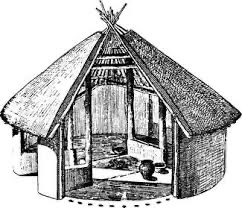
Diagrams of Neolithic houses, Banpo, Yangshao culture, 5000-2000 BCE, homes dug into ground, moat around city, kept out animals and elements

Bowl, ceramics, Banpo, Yangshao culture, 5000-2000 BCE, utilitarian, held water and food, lids to funerary urns
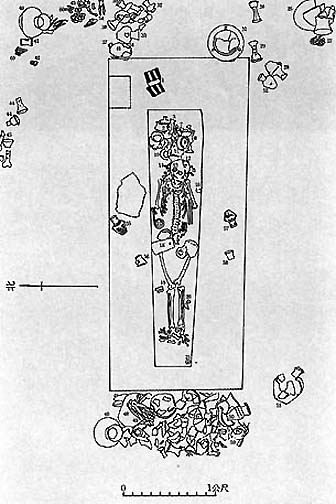
Grave 10, Dawenkou culture, Neolithic, 5000-2000 BCE
coffin, chamber, ledge
broken objects scattered around body, ceramics
children buried in urns
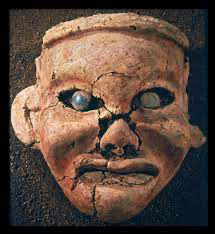
Pottery mask, ceramic with jade, Hongshan culture, Neolithic, 5000-2000 BCE, represented spirits of dead, ritual-social objects, used in ceremonies

Painted dou, ceramics, Dawenkou culture, Neolithic, 5000-2000 BCE, utilitarian use, showed artistry
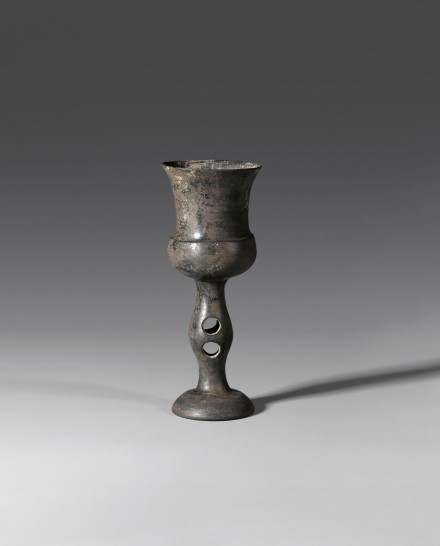
Stem cup, black pottery, Longshan culture, Neolithic, 5000-2000BCE, holding and pouring wine, showed advanced pottery techniques

Cong tube, Jade, Liangzhu culture, Neolithic, 5000-2000BCE, spiritual ritualistic object, symbol of the earth, found in tombs
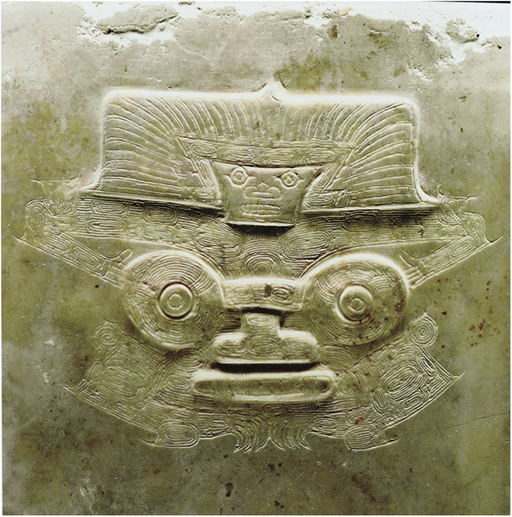
Drawing of mask decoration on jade ax, Lianghzu culture, Neolithic, 5000-2000 BCE, manlike figure rising above mythical beast, intricate carving shows artistry and cultural significance of beasts
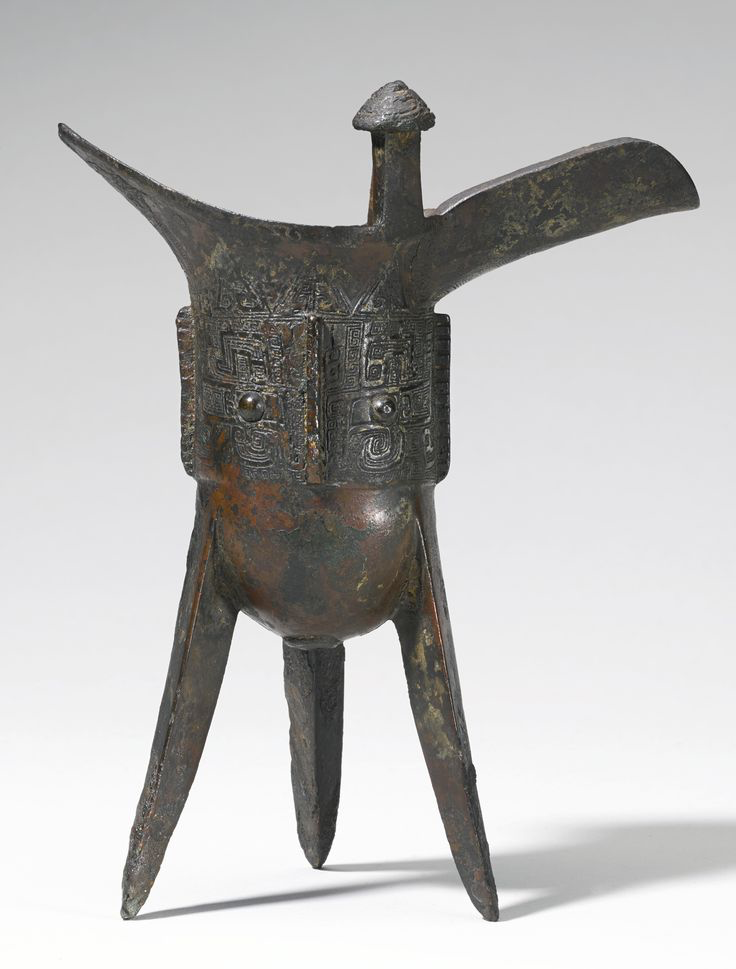
Jue ritual vessel, Bronze, Early Shang Dynasty, 1650-1050 BCE, serve warm wine during ancester-worship ceremonies, communication links between the living and their ancestors

Po wine container with inscribed lid, Bronze, Shang Dynasty, 1650-1050 BCE, pouring wine offerings, holding wine, found in tombs, showed hierachial status
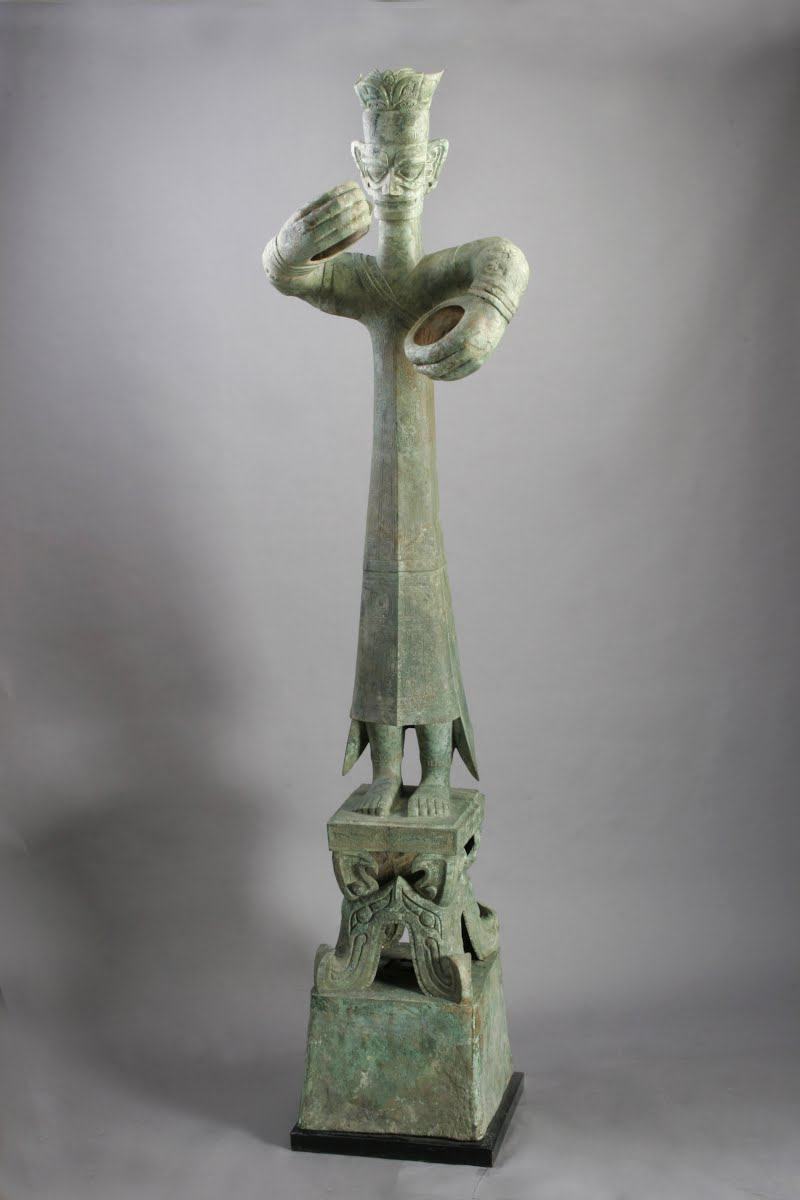
Bronze figure “The Standing Man”, bronze, Sanxingdui, Sichuan, Shang Dynasty 1650-1050BCE, may have been used in ritual ceremonies to impersonate supernatural beings, religious leader or ancestor, held weapon

Zun ritual vessel, Bronze, Late Shang Period, 1650-1050, for wine in religious ceremonies, found in tombs, religious and social practices
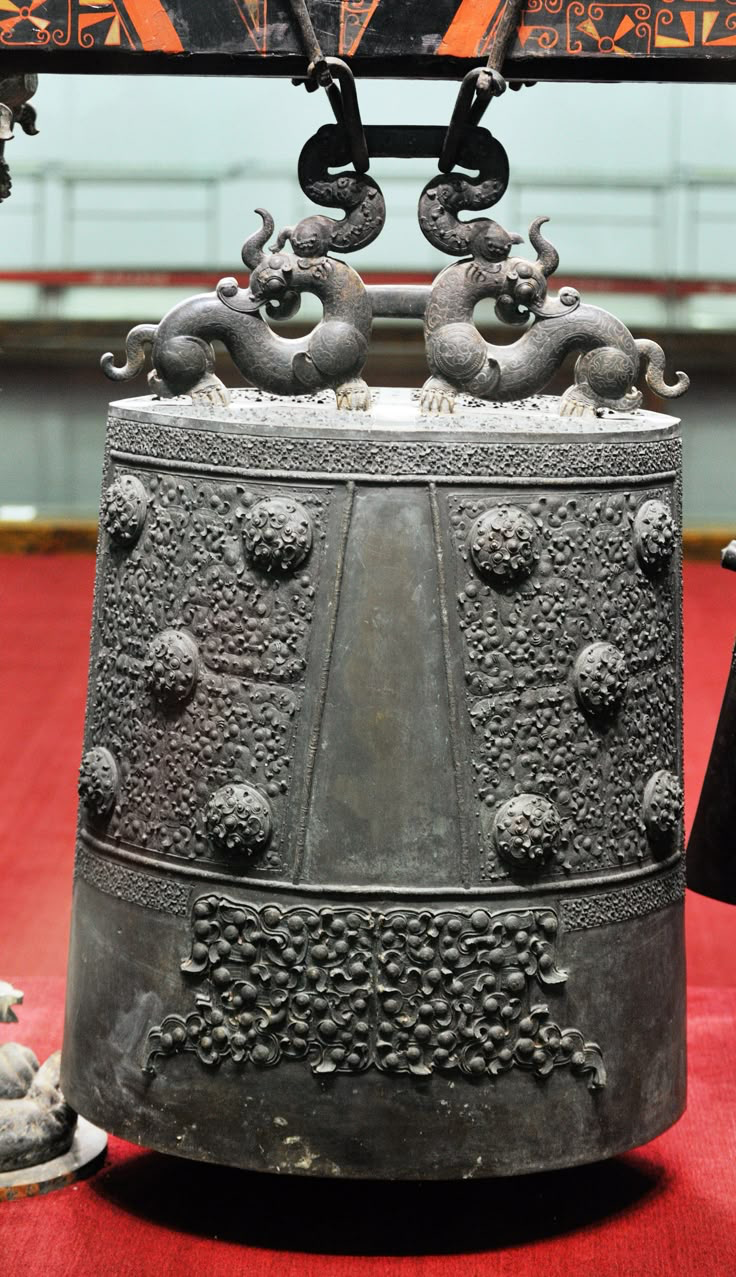
Rack of bells, bronze and laquered wood, Tomb of Marquis Yi, Warring States Period, Zhou Dynasty, 1045-256 BCE, ritual enactment, sonic embodiment of human heart/mind, status and political statement
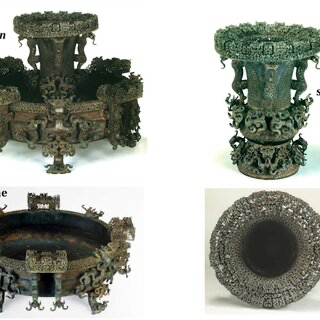
Water basin (pan) from the Tomb of Marquis Yi, Bronze, Zhou Dynasty, 1045-256 BCE, cooling/heating wine, intricate designs with dragons and other mythical creatures, lost-wax casting, replaced with bronze

Feasting and entertainment relief tile, stone, Eastern Han Dynasty, 202 BCE - 220 CE, servants, farmhands, musicians, ordinary life, entertainment
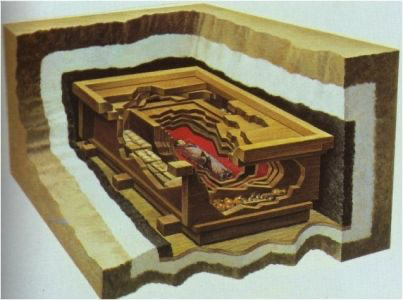
Sketch of tomb of Lady Dai at Mawangdui, Western Han, 202 BCE - 220 CE
showed lining of pit, tomb chamber, and triple coffin
makeup, toiletries, laquerware, servants
hair and ligaments preserved
different chambers for eating, sleeping, servants
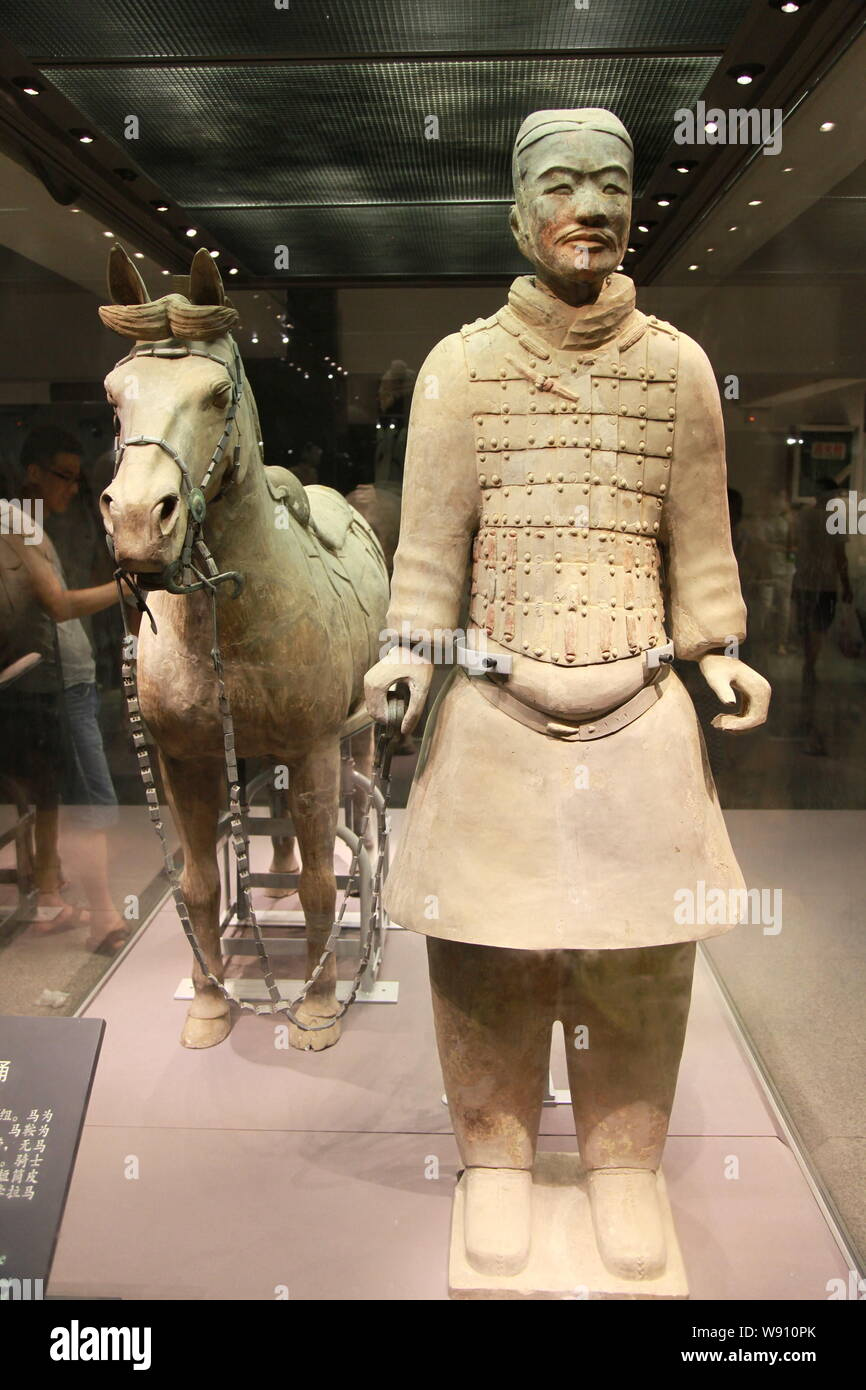
Horse and Calvary Man, lifesize pottery figures, Tomb of First Emperor, Qin Shihuang, Qin dynasty, 221-206 BCE, realistic in size/weight, importance of ceramic sculpture/machine like production of unique soldiers
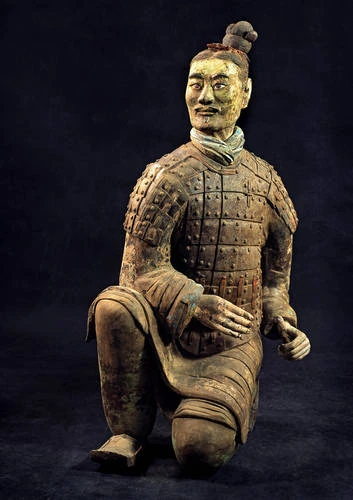
Kneeling Archer, lifesize pottery, tomb of First Emperor, Qin Shihuang, Qin Dynasty 221-206 BCE, representation of kind of society Emperor was building, unification of China, underground army
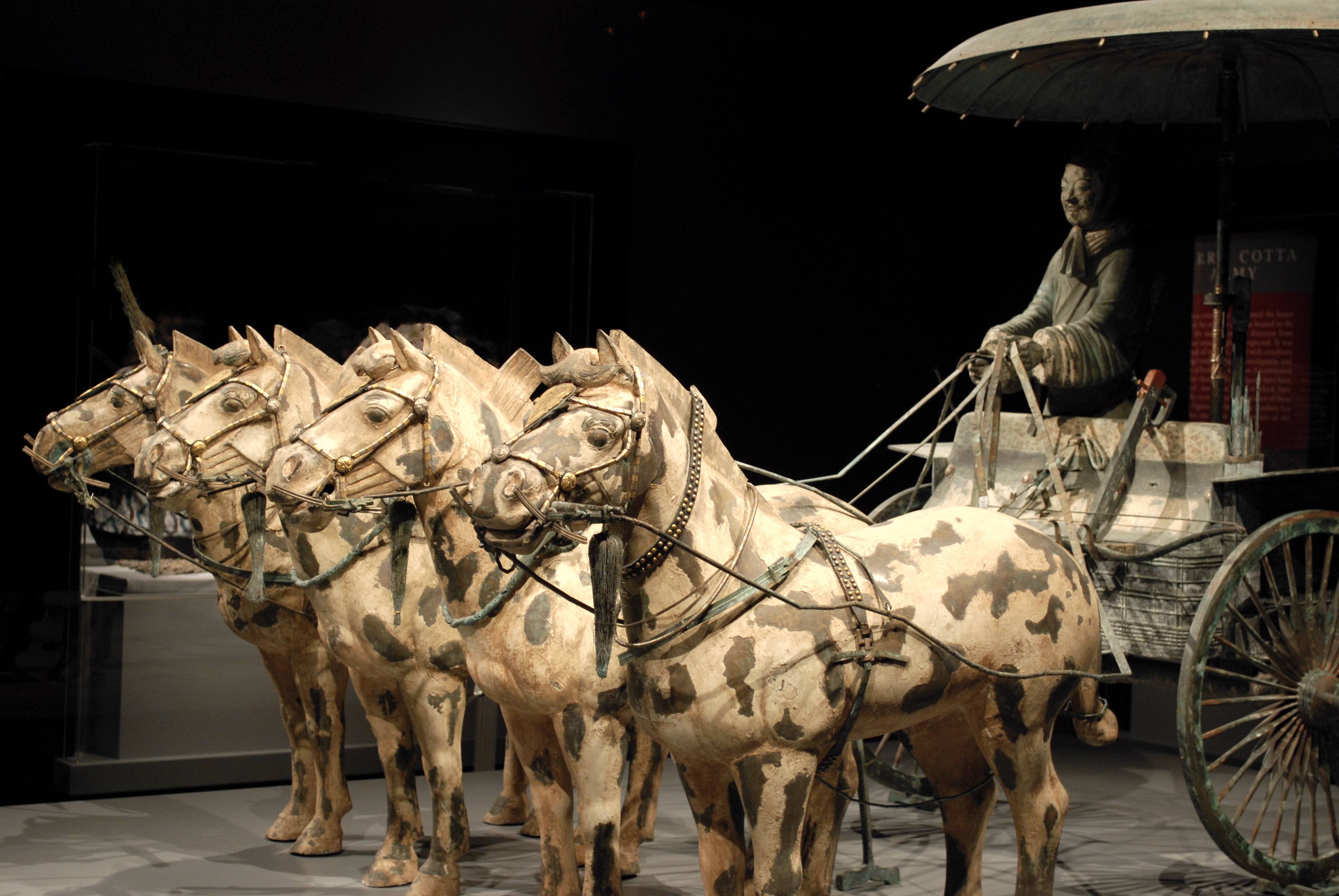
Carriage and horses, Bronze, tomb of First Emperor, Qin Shihuang, Qin Dynasty 221-206 BCE, advanced tech of war horses and chariots, tools for Empire

Figurines, tomb of Emperor Jing, Clay, Western Han, 202 BCE - 220 CE, armless since once made of wood, daily life—improved life of people, domestication
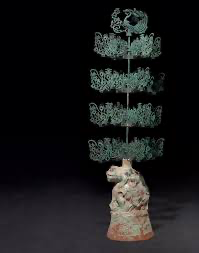
Money tree, bronze on molted pottery stand, Eastern Han dynasty, 202 BCE - 220 CE, brings dead affluence, austerity, fortune, representations of Queen Mother of West, buddha as protection
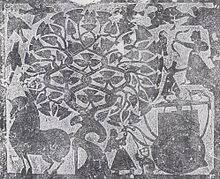
Archer Yi, rubbing from a stone relief panel, Wu Liang Shrine, Han dynasty, 202 BCE - 220 CE,
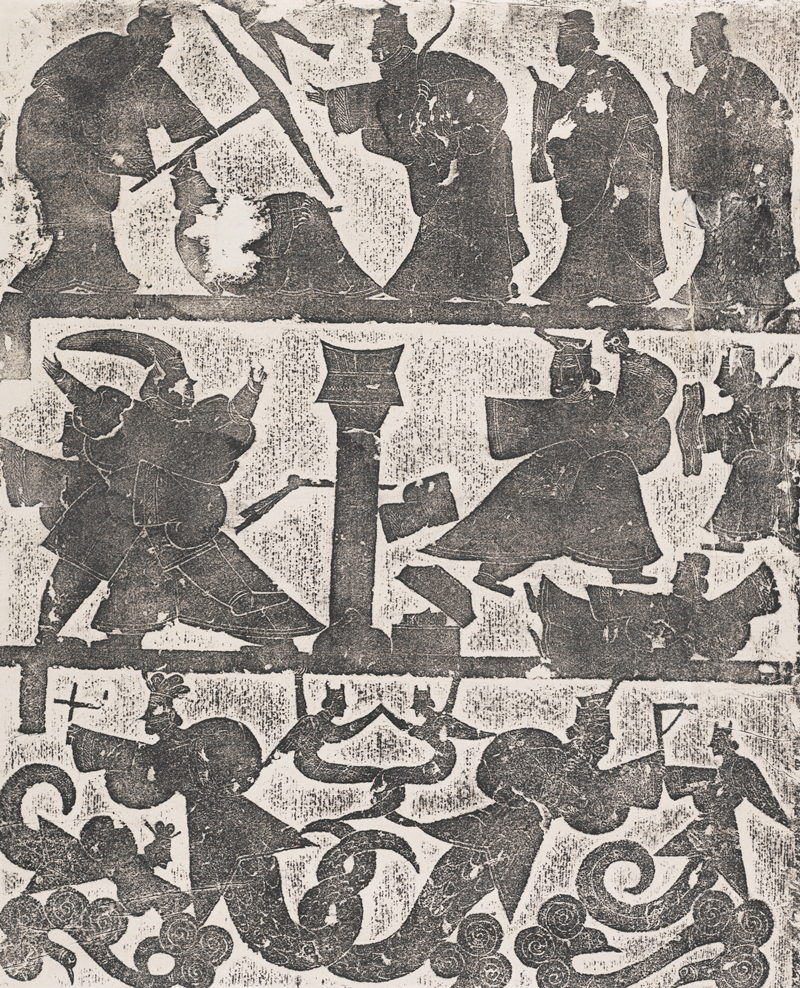
Rubbing from the low-relief carving of the Story of Virtuous Aunt Liang, Wu Liang Shrine, Han dynasty 202 BCE - 220 CE, saved matrilineal son instead of nephew, sacrificed self to demonstrate virtue/loyalty, morality messaging
Line drawing of banner, Silk, Mawangdui, Tomb of Lady Dai, Western Han Dynasty 202 BCE - 220 CE, cosmos and funerary practices; images of heaven and underworld, lavish tomb of lady dai ensured she’d enjoy
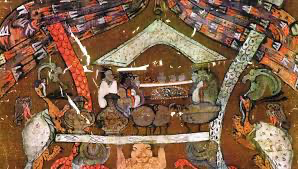
Detail of banner, Silk, Mawangdui, Tomb of Lady Dai, Western Han 202 BCE - 220 CE
sacrifice to deceased taking place in mourning hall
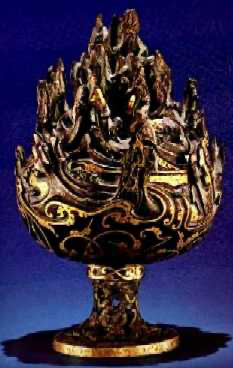
Boshan lu (incense burner), bronze inlaid with gold, tomb of Liu Sheng, Han dynasty 202 BCE - 220 CE, utilitarian, shapes functional, ritual association, cloud vapor exhaled by fairy mountains — nature is alive and breathing
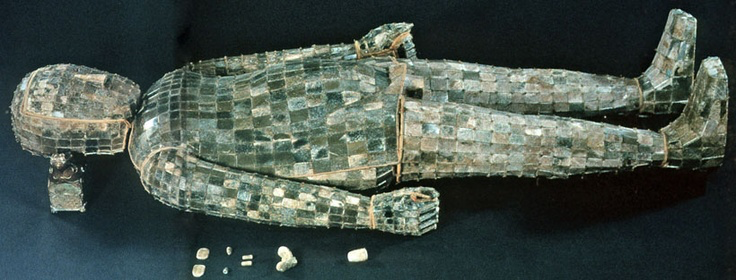
Burial suit, Jade plaques sewed with gold, tomb of Liu Sheng, Western Han 202 BCE - 220 CE, protect body from demons, protected royal family, showed status and beauty, ritualistic

Wang Xizhi, scroll with calligraphy,The Lanting (Orchid Pavillion) Preface, Tang Dynasty 618-907, semi-cursive script, meant to dance together, individual style and authorship, trace work of the past

Gu Kaizhi, handscroll, ink and color on silk. Nymph of the Luo River, Southern Song dynasty, 1127-1279, fairy birds say farewell to young scholar who had fallen for her, sails away on magic boat, continuous narative, landscape and humanity

After Gu Kaizhi, , ink and color on silk, Admonitions of the Court Instructress, Tang Dynasty 618-907,
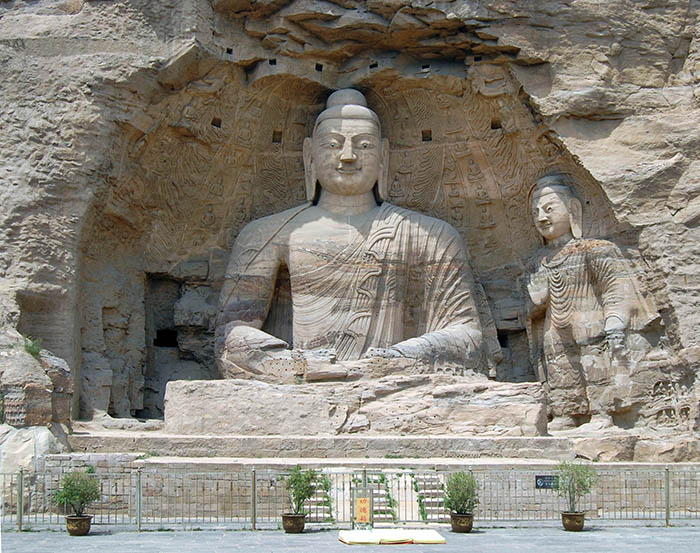
Shakyamuni Buddha, Yungang, cave carving, N. Wei, Period of Division, 221-581
looking South towards enemies, conquering, institute foreign authority
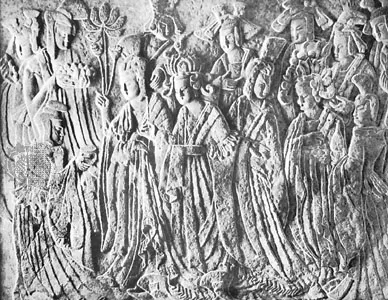
Offering Procession of the Empress, dark grey limestone, Longmen, N. Wei, Period of Division, 221-581, refine expression, Chinese style of secular themes, sloped shoulders, waterfall clothing
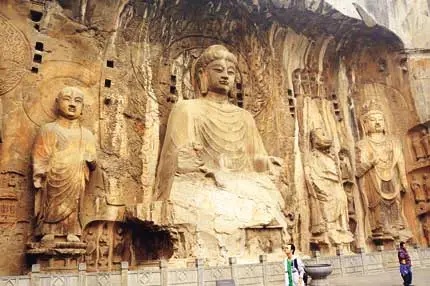
Vairocana Buddha, carved caves, Longmen, Tang dynasty, 618-907
Payed for by Empress Wu Zetian, verified her authority, monarchy connected to femininity
align self with post cosmic buddha, manifested in female body
Tang naturalness, loss of sloped shoulders, half smile, smoothed drapery
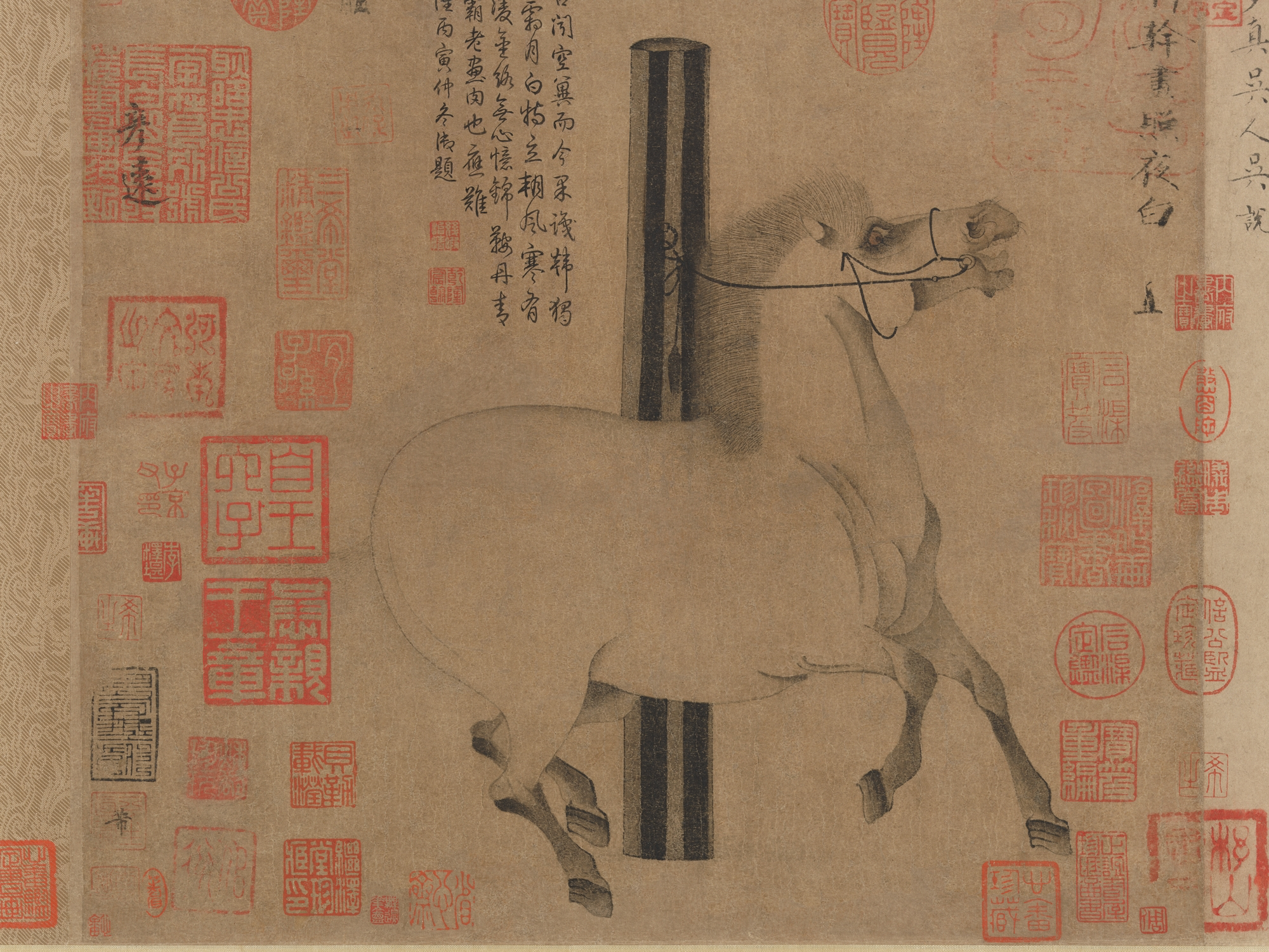
Han Gan, Night Shining White, hand scroll, ink on paper, Tang Dynasty, 618-907
depiction of named horse
horses seen as heavenly creation, physical beauty, not moral quality
eye carries emotion, individuality
structure carried through single lines
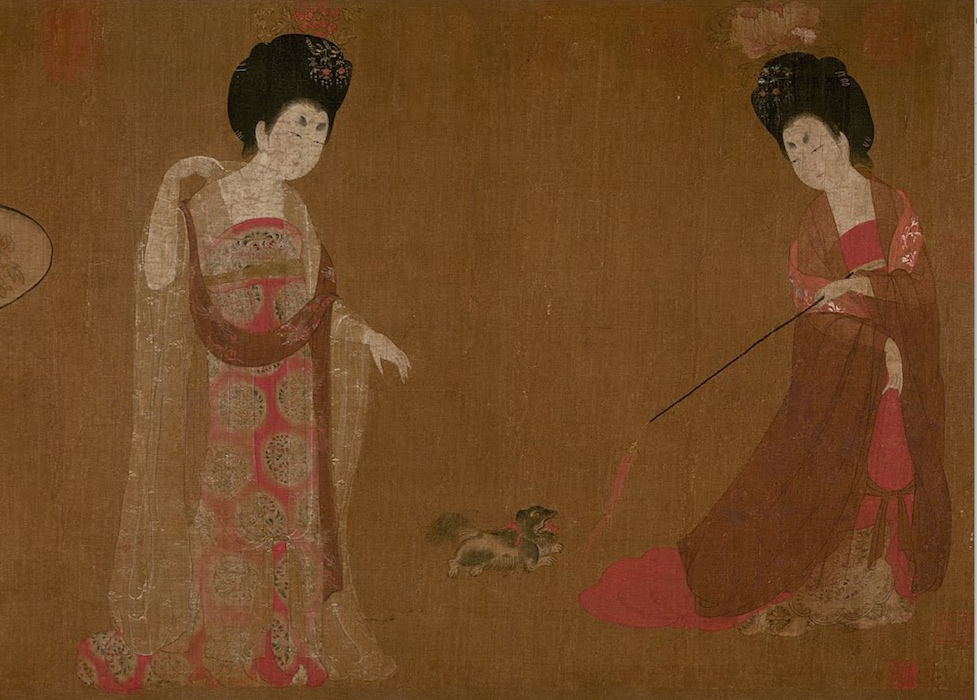
Zhou Fang, Ladies with Flowers in their Hair, handscroll, ink and color on silk, Tang Dynasty 618-907
art focused on female beauty; round moon face, moth artificial eyebrows, lipstick, white face, fake hair
individualized clothes
butterfly landing means sleep with emperor
coming of spring
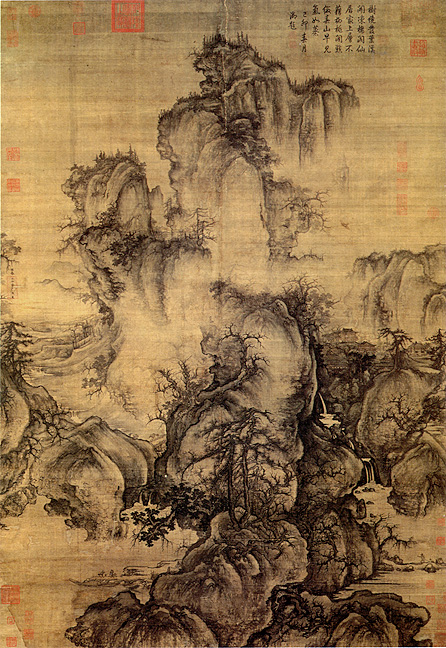
Guo Xi, Early Spring, hanging scroll, Northern Song 960-1127
nature vehicle for self-reflection
stands in for human body, trees = skeletal, mt = muscular, water = fluids of human body
free, not fixed viewpoint, hidden architecture
Fan Kuan, Traveling amid Mountains and Streams, hanging scroll, Northern Song 960-1127
many viewpoints, viewer supposed to insert self and journey up the mountain
poetic, represented poetic forms visually
land is the whole subject
vertigo effect — mountain looming
Cong
Jade tube with square exterior
Likely used for ritual/as as sacrificial object
Likely signified wealth and status
Bi
Jade circular, disc-like articfact
Ceremonial object, used for sacrifice
Signified the heavens
Logograph
Representation of a spoken word
Tied to oral pronouncement
Oracle Bones
Bone/shells used to mediate between another world/the gods for divination
Would heat up and crack, visual and auditory crack is transcribed and interpretated
Painted and carved to tell stories
Used to ask the gods questions
Piece-Mold Bronze Casting
Make model out of clay, fire it
Put wet clay on outside of model to make mold, fire it in three pieces
Clay insert to hollow out vessel
Pour molten bronze upside down
Break the mold
Polish surface and smoothe bronze
Lost-wax bronze casting
Casting wax around a scultural/ritual model
Mold is heated, wax melts out, and it is filled with molten bronze
Taotie
Ancient Chinese mythological figure
Two faces confronting eachother or one face down the center
Di
Conglomoration of ancestral figures
Highest power
Only King can communicate
Tian
Zhou concept
Diety seen as individual
Used by Christian missionaries as “god”
“Losing the right to heaven”
Sanxingdui
Human faces out of bronze
Sichuan basin
No bronze foundations, no tomb complex, burial grounds more scattered, cemetery-like
No evidence of writing
Monumental figural sculpture (standing man)
6 pits, all with sacrificial objects, no people
Tomb of Lady Fu Hao
Wife of King Wu Ding
Never looted
Pit tomb, single chamber
Other humans/animals sacrificed and buried under her grave
Ceremonial axe found in tomb, severed heads of buried
Hundreds of jade objects, bone, bronze, shells, and weapons
Tomb of Marquis Yi
Late Spring and Autumn/early Warring states
Divided into chambers with timber
A palace/bode underground
High status womeb and servants buried
Armor and weapons
Music room
Taking best parts of the overlord and bringing them into the afterlife
Hole in coffin so soul can move around
Tomb of Lady Dai
Most important piece was a painted banner, ink and color on silk (map of underworld and how soul would travel)
Had household objects; music, incense, curtains, toilets
Musicians, dancers, servants but no sacrifices
Mingqi
Spirit Objects/Magical representations of humans for sacrifice
Confucianism
Philosophy
Emphasis on familial relationships, (or individual to group)
Importance of being good; right action without monetary compensation
Idea of a gentleman
Xiwangmu
Queen Mother of the West
Prominent Chinese female diety
Resides over mountain of immotality
Daoism
Philosophy of roght behavior to a relationship between entites
Non-action better than action
Highly complicated
Legalism
Rose in warring states period among a number of bureaucrats and philosophers
People are not good, government should control them
Supresses individualis, strict social representation, standardization, subordination
Lacquer
Cut from a lacquer tree, release sap, harvest
Very toxic chemicals
Layers mixed with red or black, layered over wood
Qin Shihuang, the First Emperor of China
“First emperor of China”
His tomb was huge, “microcosm of the universe”, whole ideal city plan underground
Forced labor of hundreds of thousands to build tomb
Human and artificial sacrifice
Teracotta army facing enemy land
Royal City Plan
Walls of cities topped with towers each with three entrances
Ideal, grid-like shaped streets
Central palace for the most elite and royal; only they could enter, king buried there
Walled city inide walled city
Po
Female/ Yin, fixed, remains with body
One of the two souls
Hun
Male / Yang, unattended, flies free
One of the two souls
Buddhism
Reincarnation cycle until all ends are tied, then one can reach Enlightenment (Nirvana)
Life is suffering, man drove my selfishness, material earthy possessions bad
Buddhist representation as a symbol of protection/religious predisposed its text
Silk Road
How Buddism was transmissed into China
Trade routes that connected the Middle East and China
Empress Wu Zetian
First woman who ruled under her own name
Vairocana — cosmic Buddha, transcends time and space
Aligned herself with Flower Garland sutra, inspired Vairocana
Aligned herself with Great Cloud sutra, a diety manfested in the female body